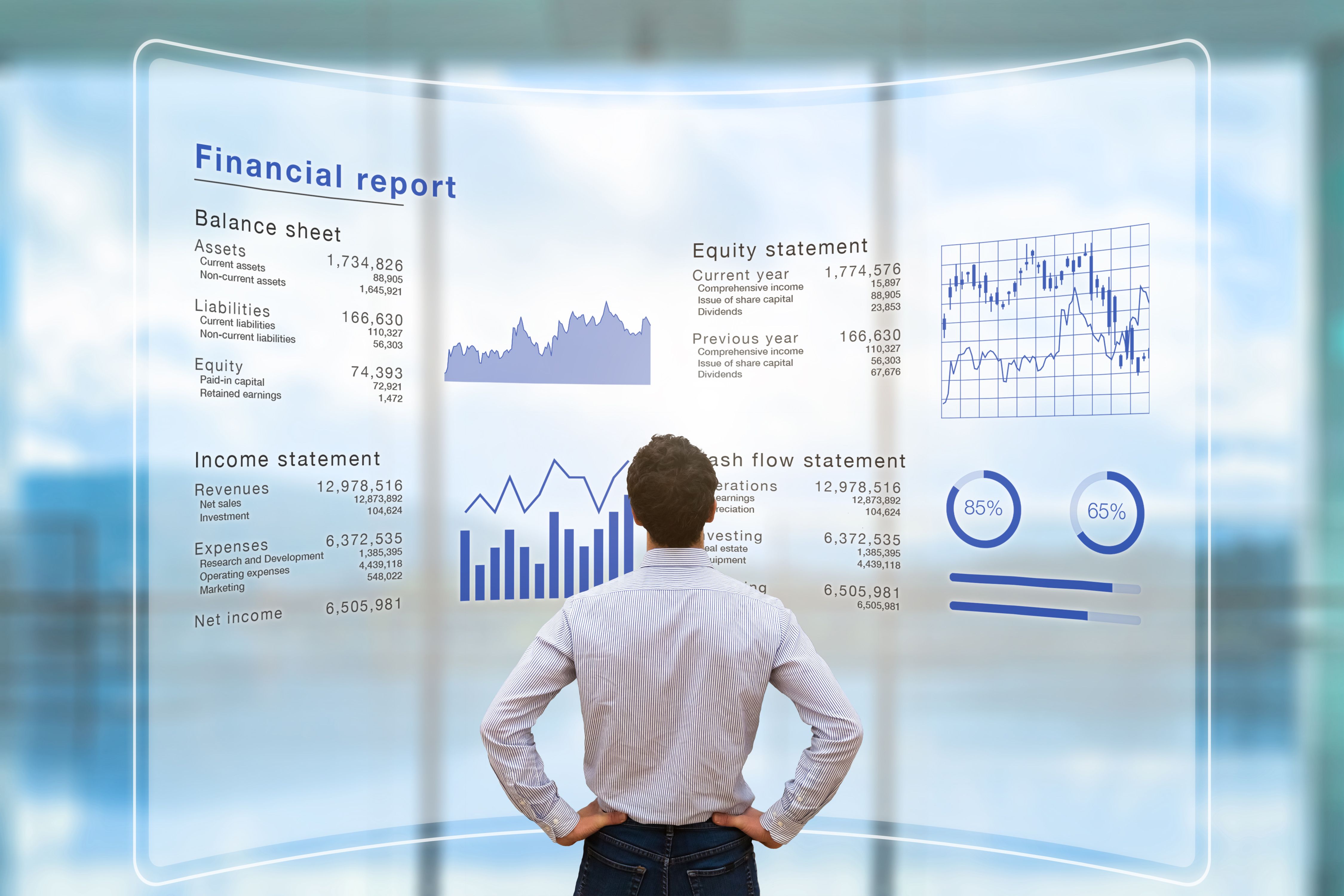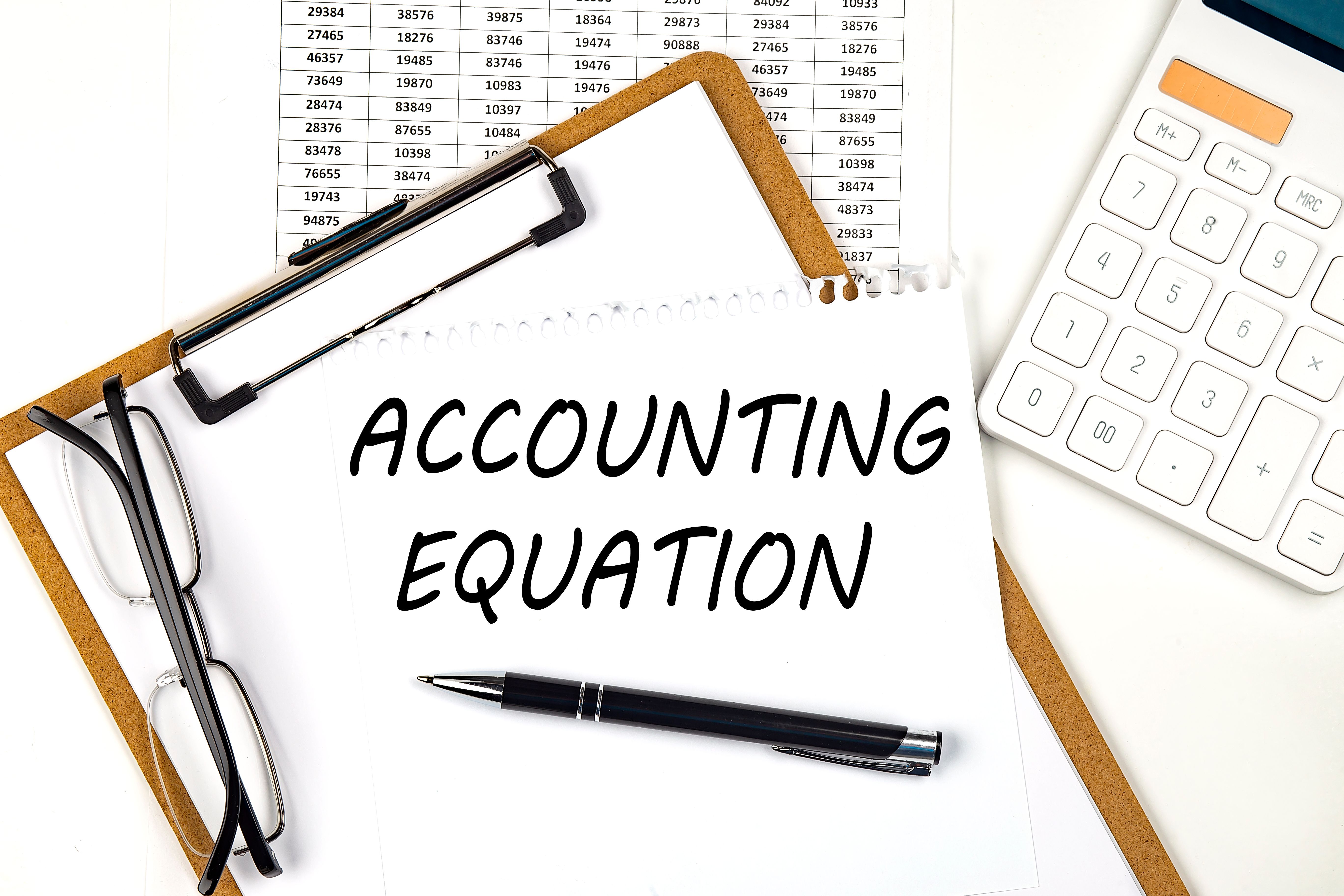Understanding the Balance Sheet: Key Insights into Financial Health
What is a Balance Sheet?
A balance sheet is one of the fundamental financial statements used to assess a company's financial health. It provides a snapshot of a company's financial position at a specific point in time, typically at the end of a fiscal quarter or year. The balance sheet is divided into three main sections: assets, liabilities, and shareholders' equity. Understanding each of these components is essential for stakeholders, including investors, creditors, and management, to make informed decisions.

Assets: What the Company Owns
Assets are resources owned by a company that have economic value and can provide future benefits. They are usually categorized as either current or non-current. Current assets, such as cash, accounts receivable, and inventory, are expected to be converted into cash or used up within one year. Non-current assets, on the other hand, include property, plant, equipment, and intangible assets like patents and trademarks, which are expected to provide value over a longer period.
Liabilities: What the Company Owes
Liabilities represent the company's obligations or debts that arise during the course of its operations. Similar to assets, liabilities are classified as either current or non-current. Current liabilities, such as accounts payable and short-term debt, are obligations that the company needs to settle within one year. Non-current liabilities include long-term debt and lease obligations that are due beyond one year.

The Role of Shareholders' Equity
Shareholders' equity, also known as owners' equity or stockholders' equity, represents the residual interest in the assets of a company after deducting liabilities. It includes common stock, preferred stock, additional paid-in capital, retained earnings, and treasury stock. Shareholders' equity is an important measure of a company's net worth and financial health.
The Balance Sheet Equation
The balance sheet is governed by the accounting equation: Assets = Liabilities + Shareholders' Equity. This equation ensures that the balance sheet always balances, meaning that the total value of assets is equal to the sum of liabilities and shareholders' equity. This fundamental principle reflects the concept that everything a company owns is financed by either borrowing money (liabilities) or through the investment by its owners (equity).

Analyzing Financial Health with a Balance Sheet
A balance sheet provides several key insights into a company’s financial health. By comparing current assets to current liabilities, you can determine the company’s liquidity position through metrics like the current ratio and quick ratio. These ratios help assess whether a company has enough resources to cover its short-term obligations.
Leverage and Capital Structure
The balance sheet also highlights a company’s leverage and capital structure. Analyzing the proportion of debt to equity provides insights into financial risk and stability. A high debt-to-equity ratio may indicate that a company is aggressively financing its growth with debt, which can be risky if not managed properly.
Conclusion: The Importance of Balance Sheets
In conclusion, understanding the balance sheet is crucial for evaluating a company’s financial health and making informed business decisions. Whether you are an investor assessing potential opportunities or a business owner monitoring your company's performance, mastering balance sheet analysis can provide valuable insights into financial stability and sustainability.
Balance Sheet: A financial statement that reports a company's assets, liabilities, and shareholder equity at a specific point in time.
